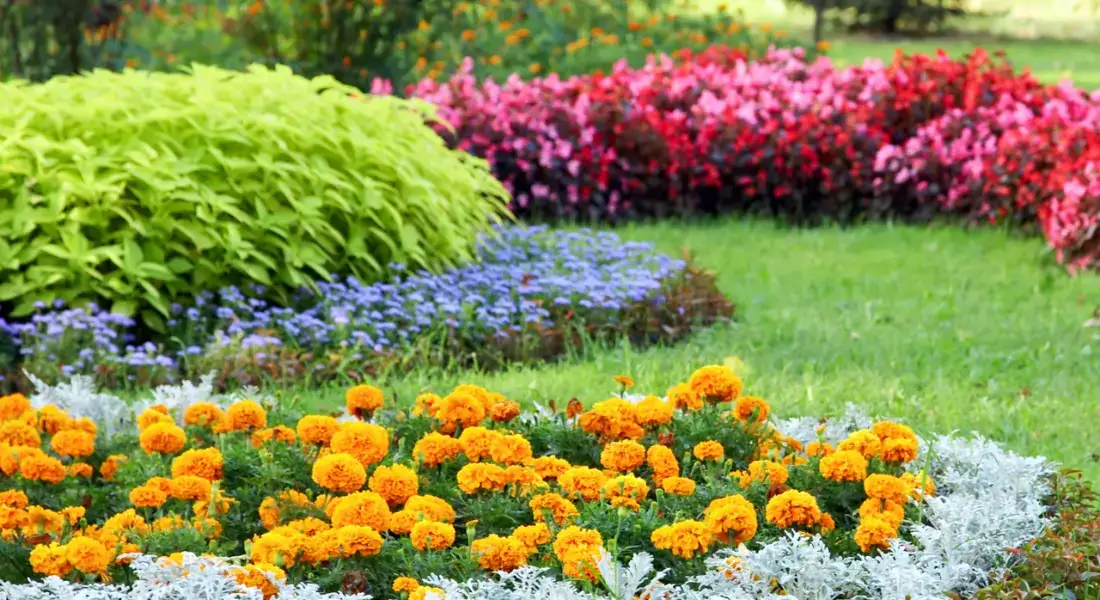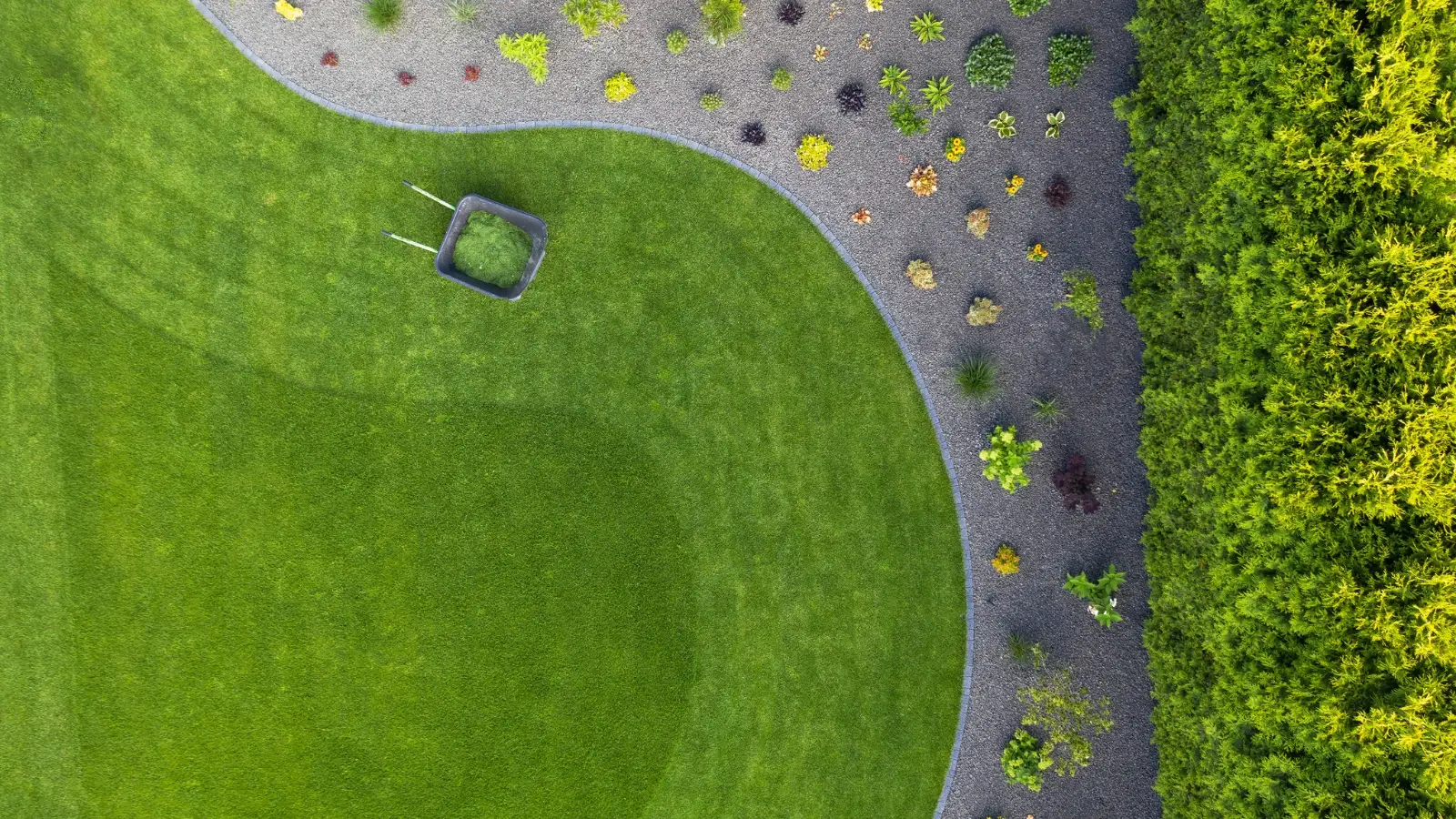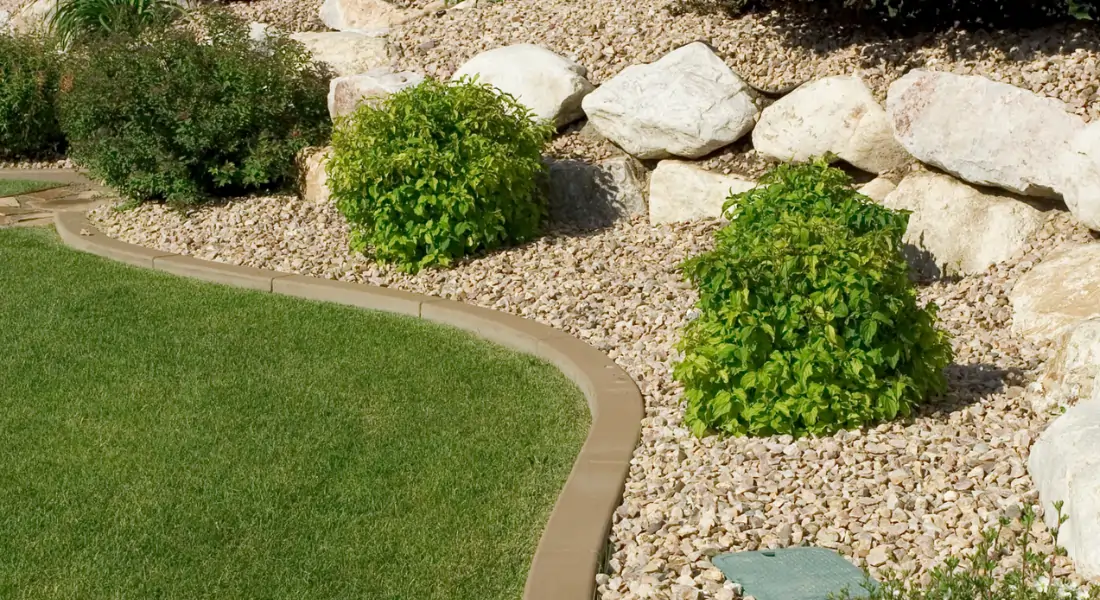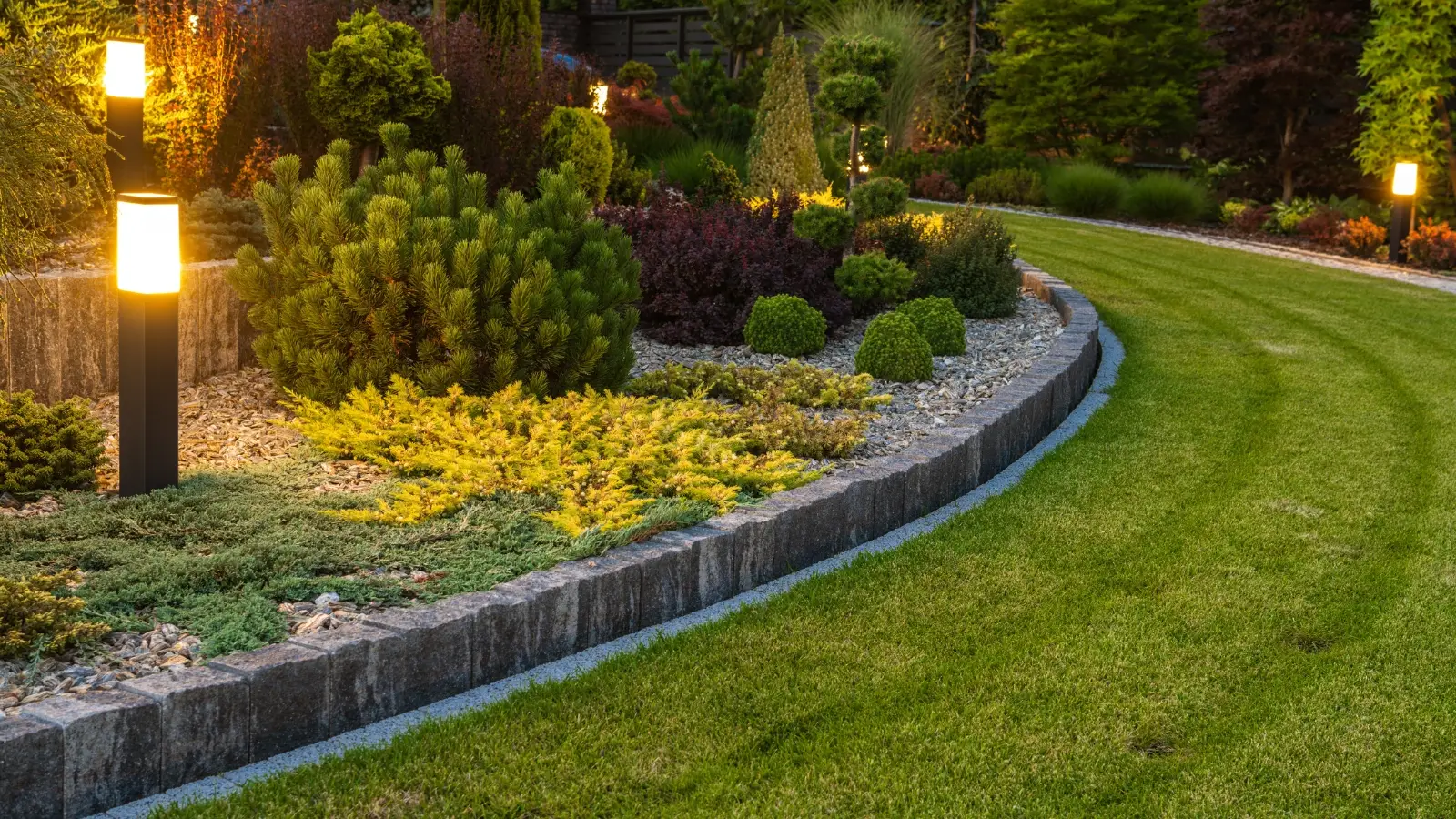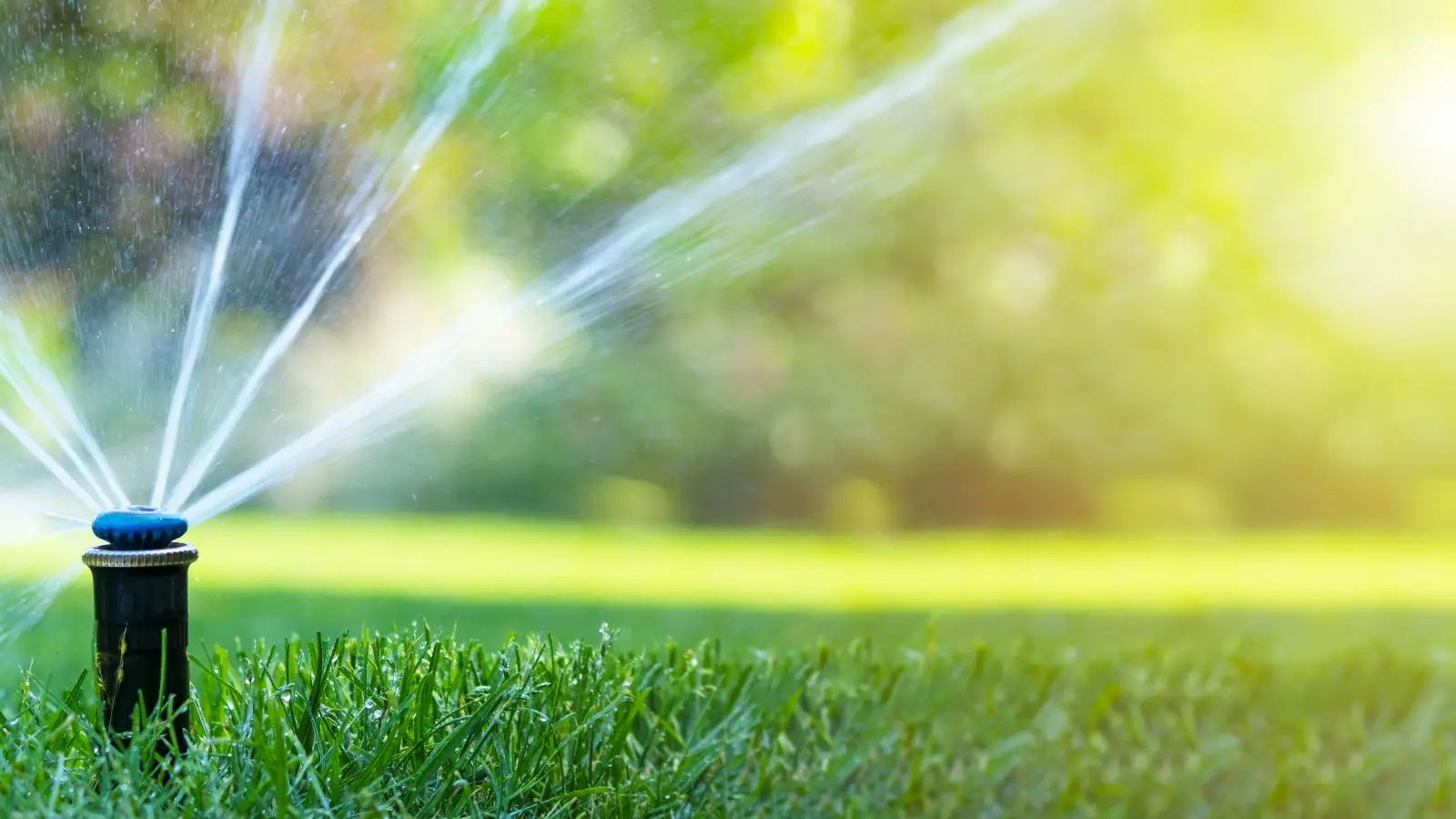After months of frost and hibernation, your landscape is ready to come back to life — and spring is the perfect time to refresh, repair, and reimagine your outdoor space. Whether you’re aiming for lush flower beds, a healthy lawn, or a vibrant garden, a bit of preparation now sets the stage for a thriving season ahead.
Here are the most important spring landscaping tips to help you revive your yard, improve curb appeal, and enjoy the outdoors to the fullest.
1. Start with a Thorough Yard Clean-Up
Winter weather leaves behind more than cold temperatures. Snow, wind, and frost can cause debris, broken branches, compacted soil, and dead growth all of which need to be cleared before new growth can thrive.
What to do:
- Remove fallen branches, dead leaves, and debris from flower beds and lawns
- Rake up matted grass and thatch to help the soil breathe
- Clear out dead or damaged plants
- Trim back any broken or winter-burned branches from shrubs and trees
A clean slate will make everything else from fertilizing to planting more effective.
2. Inspect and Prune Trees and Shrubs
Proper pruning promotes healthy growth and prevents disease. Spring is the right time to inspect for winter damage and prune accordingly, especially before new buds fully emerge.
Pruning tips:
- Remove dead, diseased, or crossing branches
- Thin out overgrown shrubs to allow sunlight and air circulation
- Use clean, sharp tools to avoid spreading disease
- Avoid heavy pruning of flowering shrubs that bloom on old wood (e.g., lilacs, hydrangeas) — prune these after they bloom
If large limbs are damaged or close to power lines, consider calling a professional arborist.
3. Prep the Soil for Planting
Healthy plants start with healthy soil. Winter weather can compact soil and wash away nutrients, so early spring is the ideal time to loosen and enrich it.
What to do:
- Turn over the soil in beds and gardens
- Add compost or organic matter to improve soil structure
- Perform a soil test (optional but helpful) to check pH and nutrient levels
- Use mulch to retain moisture, suppress weeds, and regulate soil temperature
Well-prepared soil helps roots establish faster and plants grow stronger.
4. Refresh or Redefine Mulch Beds
Mulch is one of the easiest ways to give your yard an instant facelift while delivering real benefits like moisture retention and weed control.
Refresh by:
- Topping up old mulch with a fresh 1–2 inch layer
- Pulling mulch away from plant stems and tree trunks to prevent rot
- Choosing a mulch color that complements your home and plants
Tip: Don’t go overboard 2–3 inches is plenty for most beds.
5. Tune Up Your Lawn
A beautiful lawn doesn’t just happen. Spring is the ideal time to give your grass a strong start before the heat of summer sets in.
Lawn care checklist:
- Rake and dethatch to remove dead grass and open up the soil
- Aerate compacted areas to allow water and nutrients to reach the roots
- Reseed bare spots or overseed the entire lawn if it’s thinning
- Apply a pre-emergent herbicide to stop crabgrass and weeds before they sprout
- Feed with a balanced slow-release fertilizer for early-season nutrition
Water deeply and consistently especially after seeding or fertilizing.
6. Get Your Irrigation System Ready
Before your yard needs regular watering, make sure your irrigation system is working properly.
Steps:
- Inspect hoses, drip lines, and sprinklers for damage or leaks
- Clear clogged sprinkler heads
- Set your watering schedule based on your region’s climate and plant needs
- Upgrade to a smart controller if you want to save water and automate care
Even if you water manually, now’s the time to check your gear and plan ahead.
7. Divide and Transplant Perennials
Spring is ideal for dividing and moving hardy perennials before they get too large or start blooming.
Signs it’s time to divide:
- Clumps are crowded or dying in the center
- Flower production has decreased
- You want to multiply or relocate plants for better spacing
Use a sharp spade to dig up and divide root balls, then replant in prepared soil.
8. Plan Your Planting for Color and Impact
As you design your spring garden, think beyond just flowers. Combine color, height, texture, and bloom times for a dynamic, layered look that lasts through the seasons.
Tips:
- Mix early-, mid-, and late-blooming flowers
- Combine evergreens, grasses, and perennials for structure
- Use bold pops of color near entrances and walkways
- Consider adding raised beds or vertical planters for interest and accessibility
Visit your local nursery in early spring to find fresh selections and expert advice.
9. Clean and Update Hardscape Elements
Hardscaping your patios, walkways, fences, and retaining walls often gets overlooked but has a big impact on overall curb appeal.
Refresh by:
- Power washing stone, brick, or concrete surfaces
- Repairing loose pavers or damaged steps
- Staining or sealing wooden decks and fences
- Cleaning outdoor furniture and décor
Clean, well maintained hardscapes make your yard feel polished and inviting.
10. Add Lighting and Finishing Touches
Finally, don’t forget the details. Outdoor lighting enhances safety and ambiance, while decorative features make your space uniquely yours.
Ideas:
- Add solar or low voltage lights along paths and flower beds
- Hang string lights or lanterns on patios
- Use garden art, water features, or bird feeders to add personality
- Plant container gardens for color near entryways
Little touches go a long way in making your landscape feel finished and welcoming.
Final Thoughts
Spring is your chance to breathe new life into your landscape. With a bit of prep, care, and creativity, your yard will be ready to shine all season long. Whether you’re going for low maintenance beauty or a lush garden retreat, these spring landscaping tips will help you create an outdoor space that looks great and works for your lifestyle.
